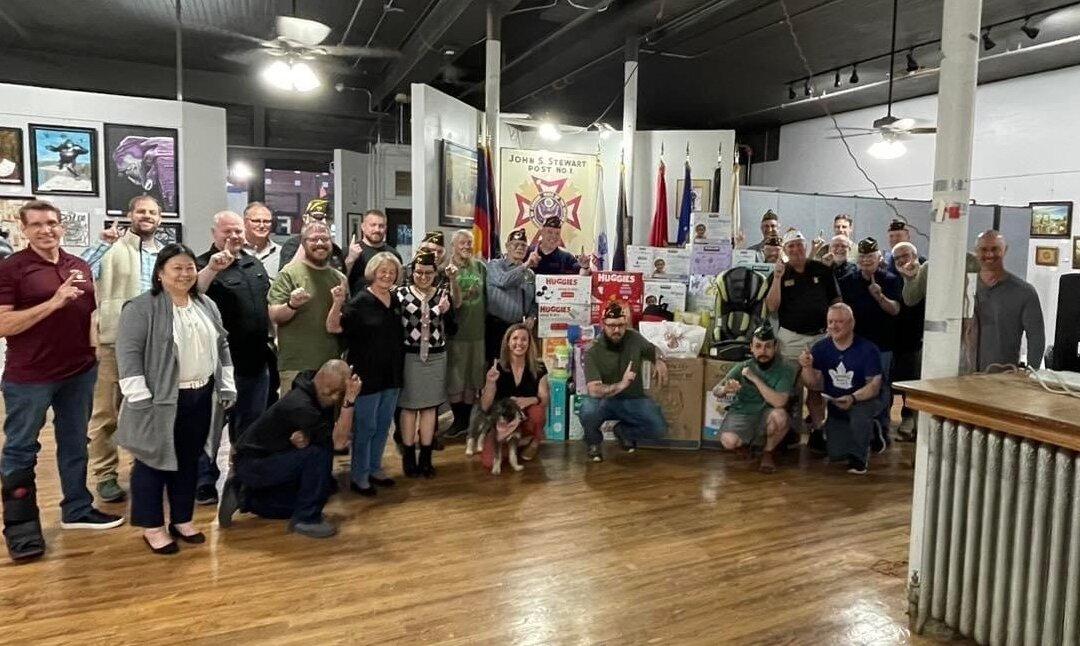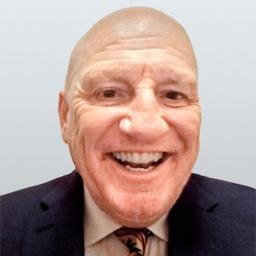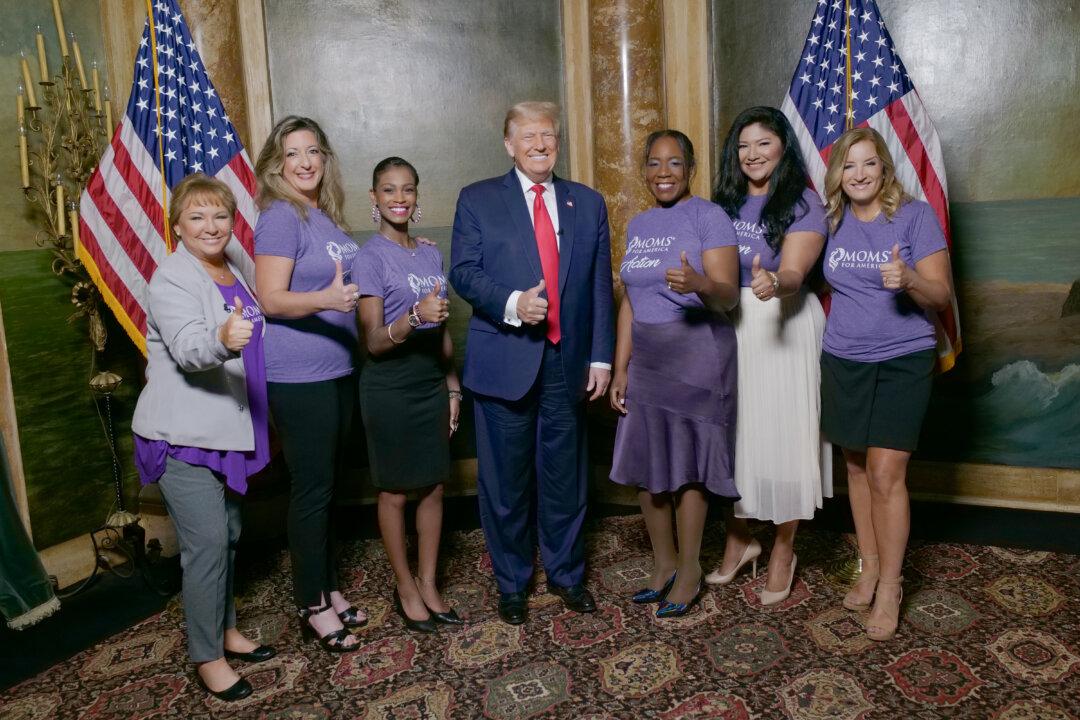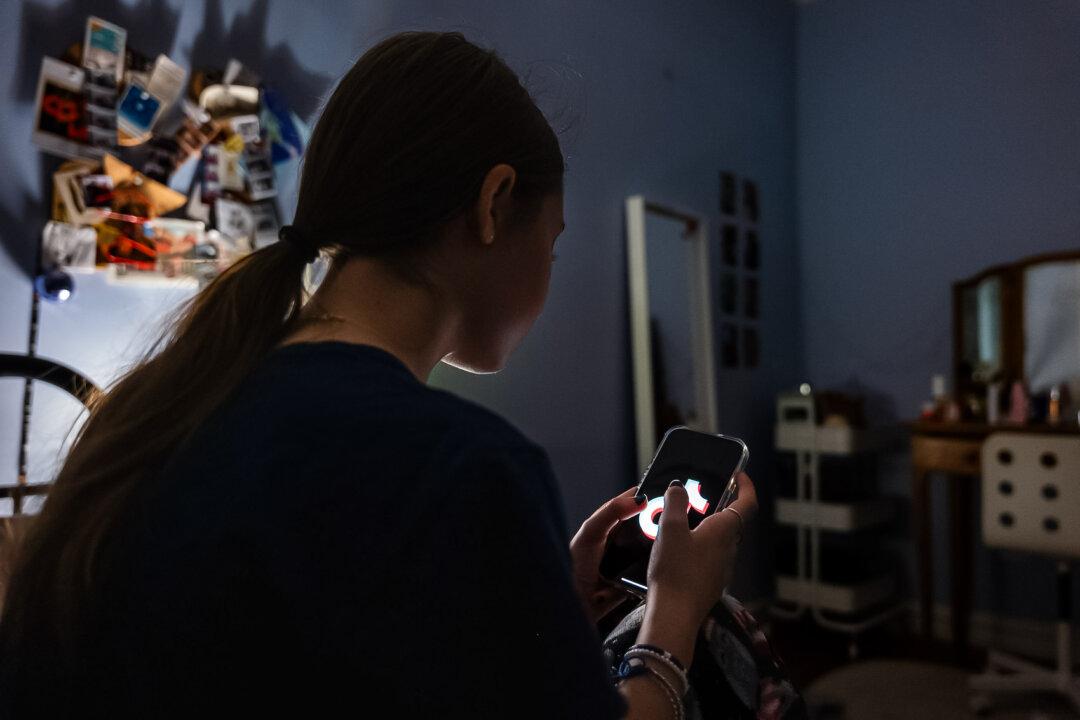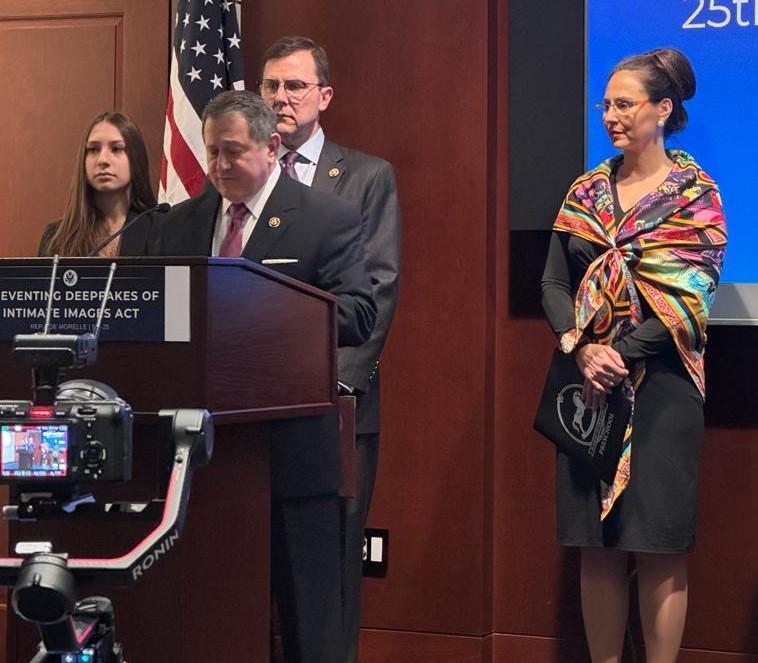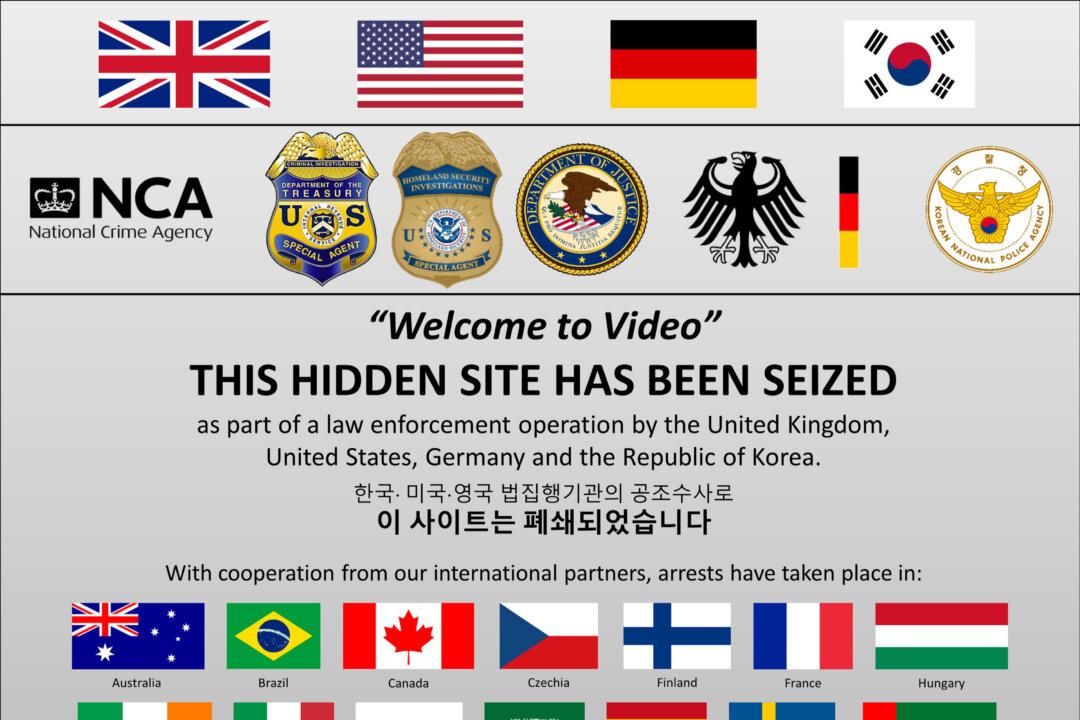At the precise moment that retired U.S. Navy captain and fighter pilot Scott Kelly joined the John S. Stewart Veterans of Foreign Wars Post 1 in Denver, he was floating in a vehicle traveling at 17,500 mph in outer space along an orbital path at a distance of approximately 250 miles from planet Earth.
When Kelly—twin brother of fellow astronaut and U.S. Senator Mark Kelly—took the VFW Post 1 membership oath on the evening of Dec. 15, 2015, he was Commander Scott Kelly, an astronaut employed by the U.S. government and living and working on the International Space Station. He was eight months into his year-long assignment.
